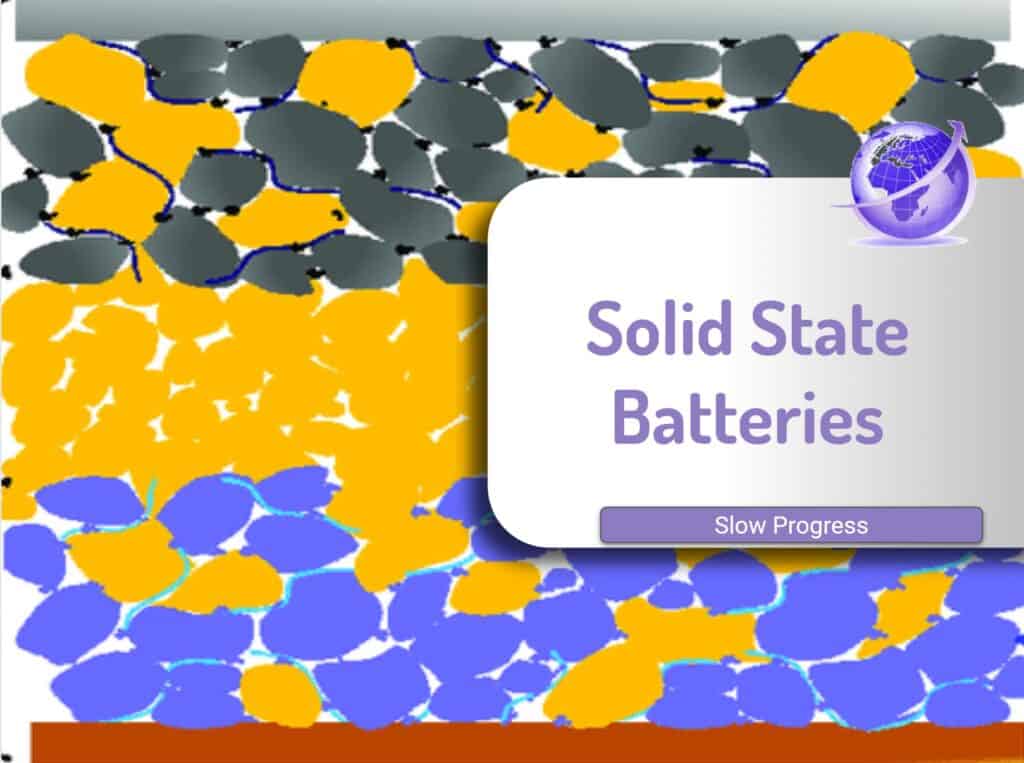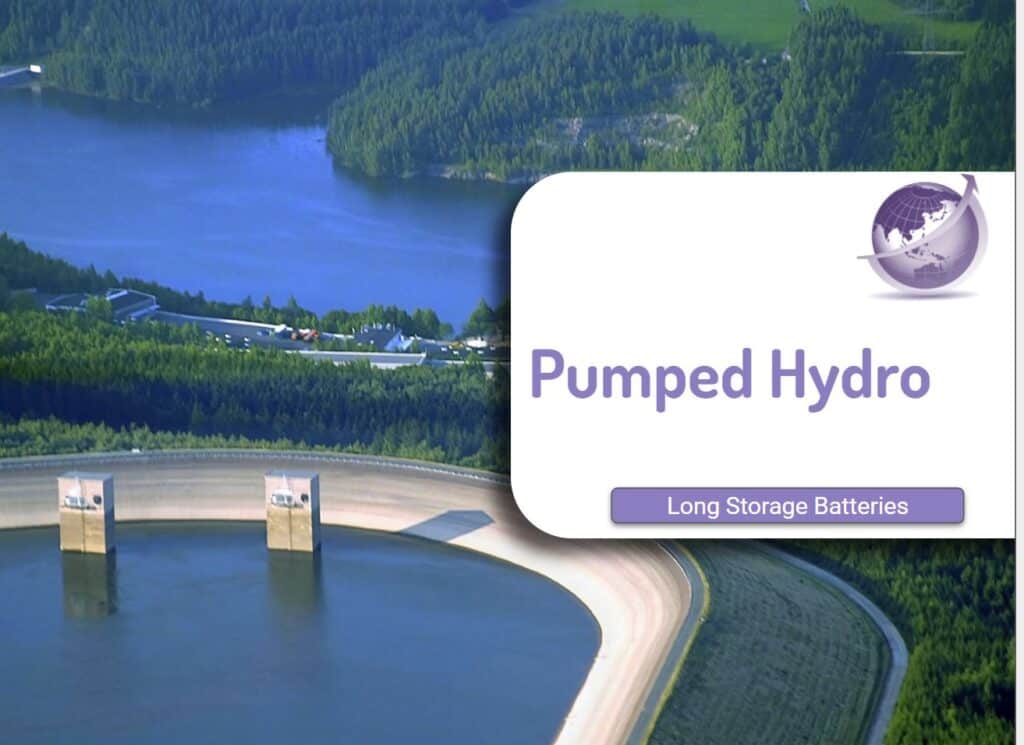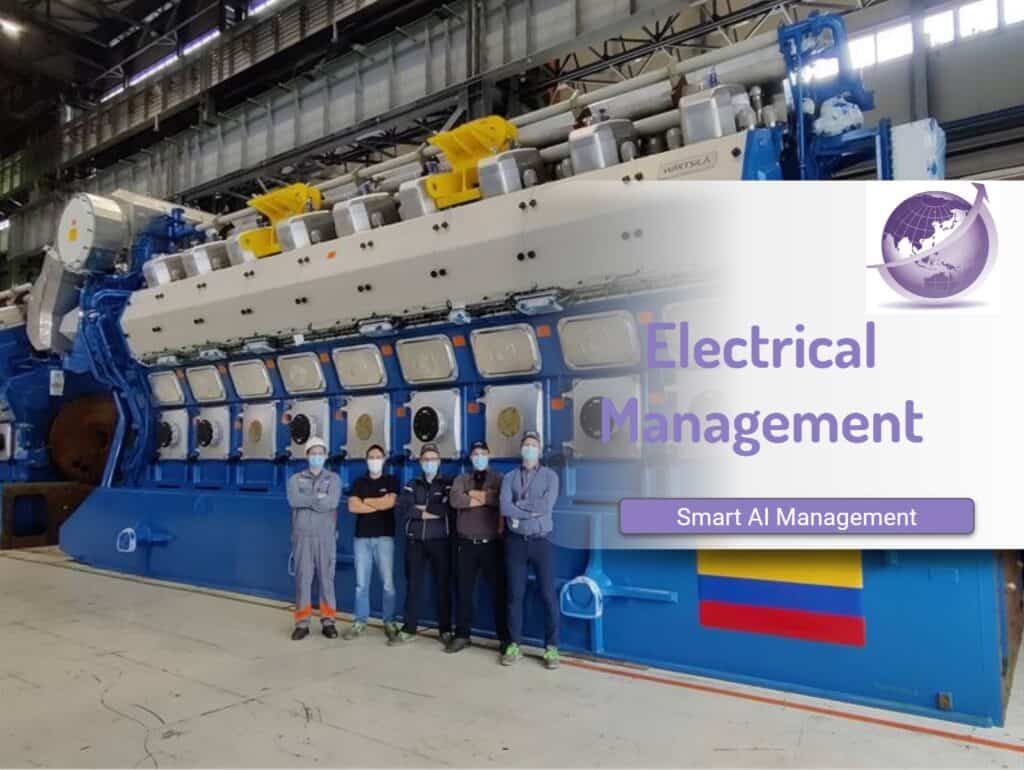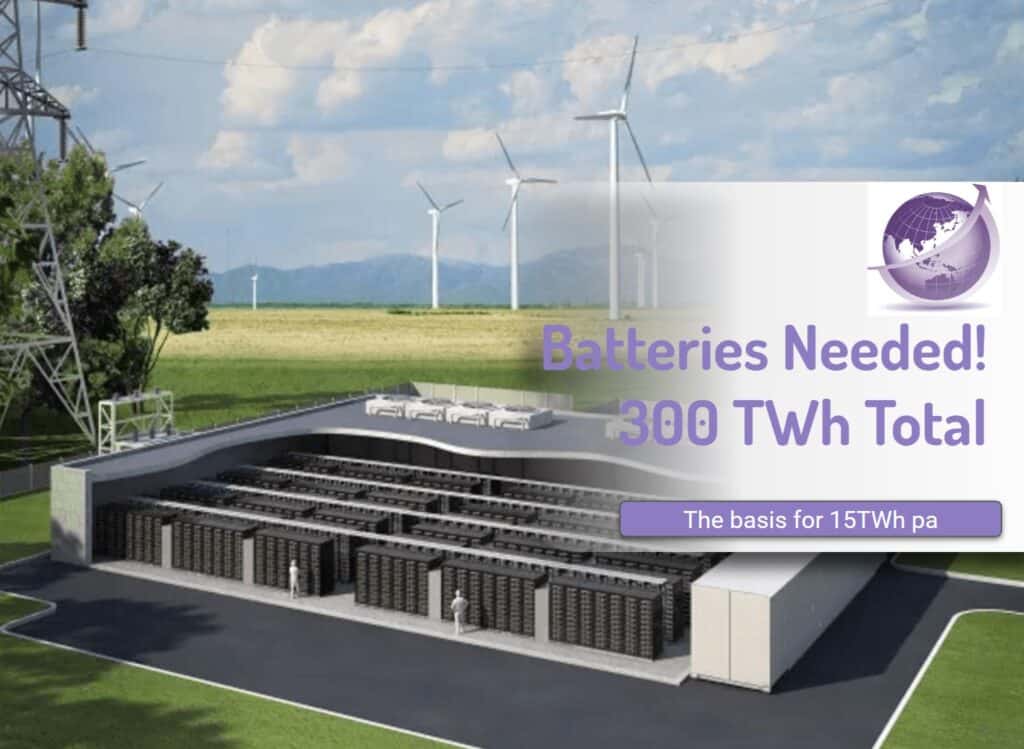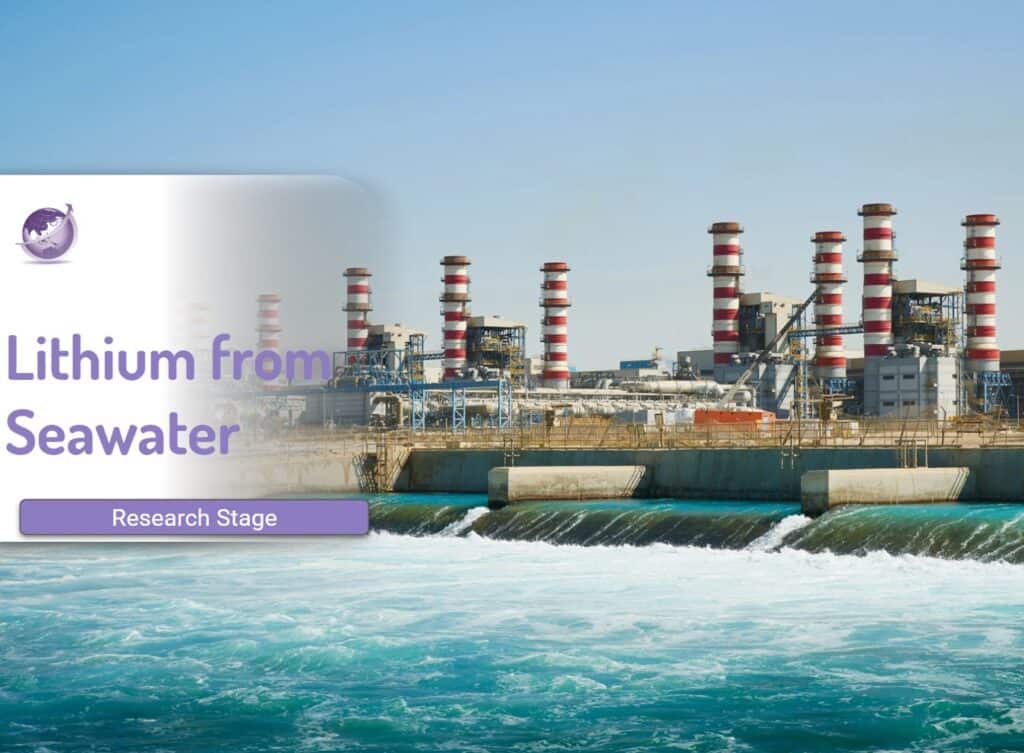Solid state battery announcements from mulitipe companies are in the press almost weekly. They may be the next big thing in battery technology. Many think of Toyota’s failure with solid state batteries. A saga stretching back to 2009 is here. An announcement by Schaeffler, a major OEM manufacturer from Europe was made at CES 2024 and reported by Yahoo.
Why Solid State?
Here are some of the most commonly mentioned benefits. While the year of expected delivery is mostly 2 to 3 years away, conventional batteries or semi-dry technologies are rapidly catching up.
- Increased Energy Density. Solid-state batteries can potentially hold 2-5 times more energy per unit volume than lithium-ion batteries, which translates to:
- Longer range for electric vehicles, Imagine an electric car with a driving range of 500-1000 miles on a single charge.
- Smaller and lighter devices. Smartphones, laptops, and other portable electronics could be much more compact and energy efficient.
- Faster Charging. Solid-state batteries can potentially charge significantly faster than lithium-ion batteries, taking as little as 15-30 minutes to reach full capacity. This could significantly reduce charging anxiety for electric vehicle owners.
- Improved Safety. Solid-state batteries eliminate the flammable liquid electrolyte found in lithium-ion batteries. Less prone to overheating, fire, and explosions. This is a major safety improvement for both consumer electronics and electric vehicles.
- Longer Lifespan. Solid-state batteries can potentially last for thousands of cycles, compared to hundreds for lithium-ion batteries. This means they would need to be replaced much less frequently, reducing waste and cost.
- Wider Operating Temperature Range. Solid-state batteries can operate in a wider range of temperatures than lithium-ion batteries. Makes them suitable for use in extreme environments.
- Environmentally Friendly. Solid-state batteries can use less toxic materials than lithium-ion batteries.
- Longer lifespan with reduced need for replacements result in a smaller environmental footprint.
Conventional Batteries Catching Up
Solid state batteries are difficult technology. The promise is there, but semi-solid or semi-dry such as Tesla battery efforts are closing the gap. While solid-state batteries have the potential to be a game-changer, improvements to current battery technology and the development of sodium-ion batteries could impact their widespread adoption.
List of Ten Solid State Company Announcements
| Company | Year of Announcement | Year Expected Delivery | Notes | Press Release Link |
|---|---|---|---|---|
| Toyota | 2009 | 2025 (pilot production) | 15 years of promises | Toyota |
| Schaeffler | 2023 | 2026 (pre-series production) | Schaeffler | |
| QuantumScape | 2015 | 2024 (limited production) | No official notice but scale up in 2025 . Shipments of Alpha-2 prototype battery cells | Qantum Scape |
| Solid Power | 2017 | 2025 (pilot production) | Will be in EV production by 2028 | Investor Place |
| Samsung SDI | 2022 | 2027 (mass production) | Samsung | |
| CATL | 2020 | 2025 (pilot production) | Originally 2030, but accelerated R&D | CarScoops |
| Panasonic | 2017 | 2027 (mass production) | Panasonic | |
| LG Chem | 2021 | 2028 (mass production) | LG | |
| SK Innovation | 2020 | 2025 (pilot production) | Autodesk | |
| ProLogium | 2006 | 2024 (limited production) | Prologium | |
| BYD | 2017 | 2024 (pilot) | Working towards SSB. 76 patents | BYD |
| Gotion High-Tech | 1995 | 2026 | Currently semi solid-state 360Wh/kg | Gotion |
| Ganfeng Lithium | 2000 | 2023 | Currently semi-solid-state 360Wh/kg | Ganfeng Lithim |
| Welion | 2016 | 2023 | Semi solid state. | Welion |
| Adden Energy | 2023 | 2023 Lab | Lithium metal Anode replaces graphite anode 6,000 cyles C4 (10 minutes) charging) | Yahoo press release Adden Energy Home page |
| AmpCera | 2024 | 2024 | Demonstrated 80% charge in 15 minutes (C4) 400Wh/kg, 1,000 cycles) Lab | Ampcera release |
Solid State Battery Technology
Many sites explain how. Flash Battery has these 2 images. (https://www.flashbattery.tech/en/how-solid-state-batteries-work/ I
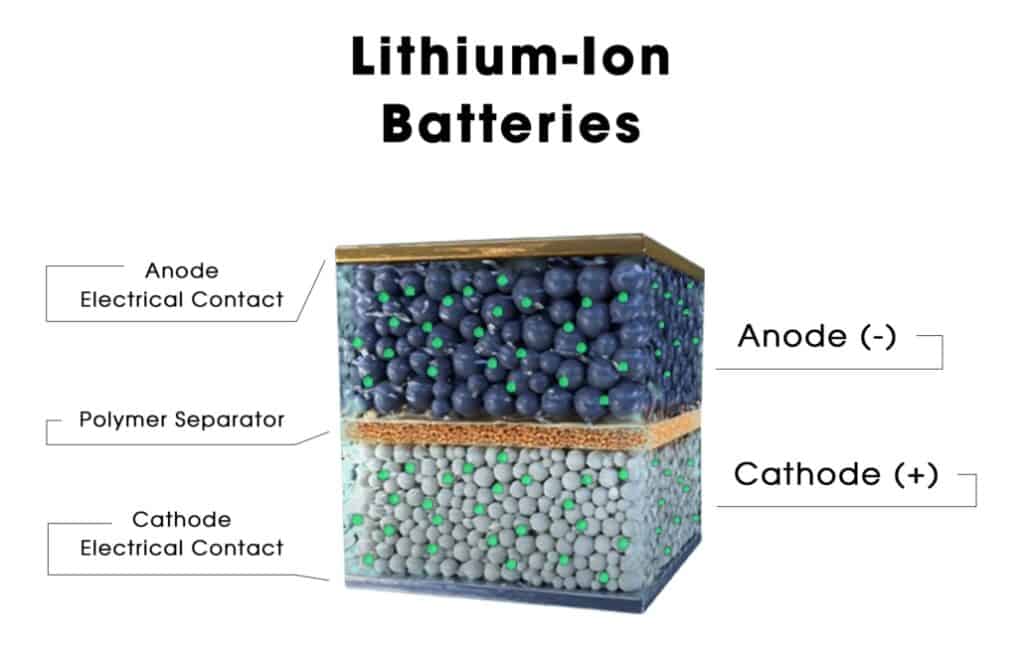

QuantumScope
In Q3, 2023, Quantumscope reported that while the commercial target remains 800 cycles to 80% energy retention, their top-performing A0 prototype cell in one prospective customer’s battery testing labs achieved over 1,000 full cycle equivalents with over 95% discharge energy retention. The customer-specified test conditions of C/3 charge and C/2 discharge was with standard temperature and pressure conditions, and 100% depth of discharge.
More Reading

- Sakuda, Atsushi. (2018). Favorable composite electrodes for all-solid-state batteries. Journal of the Ceramic Society of Japan. 126. 675-683. 10.2109/jcersj2.18114.

